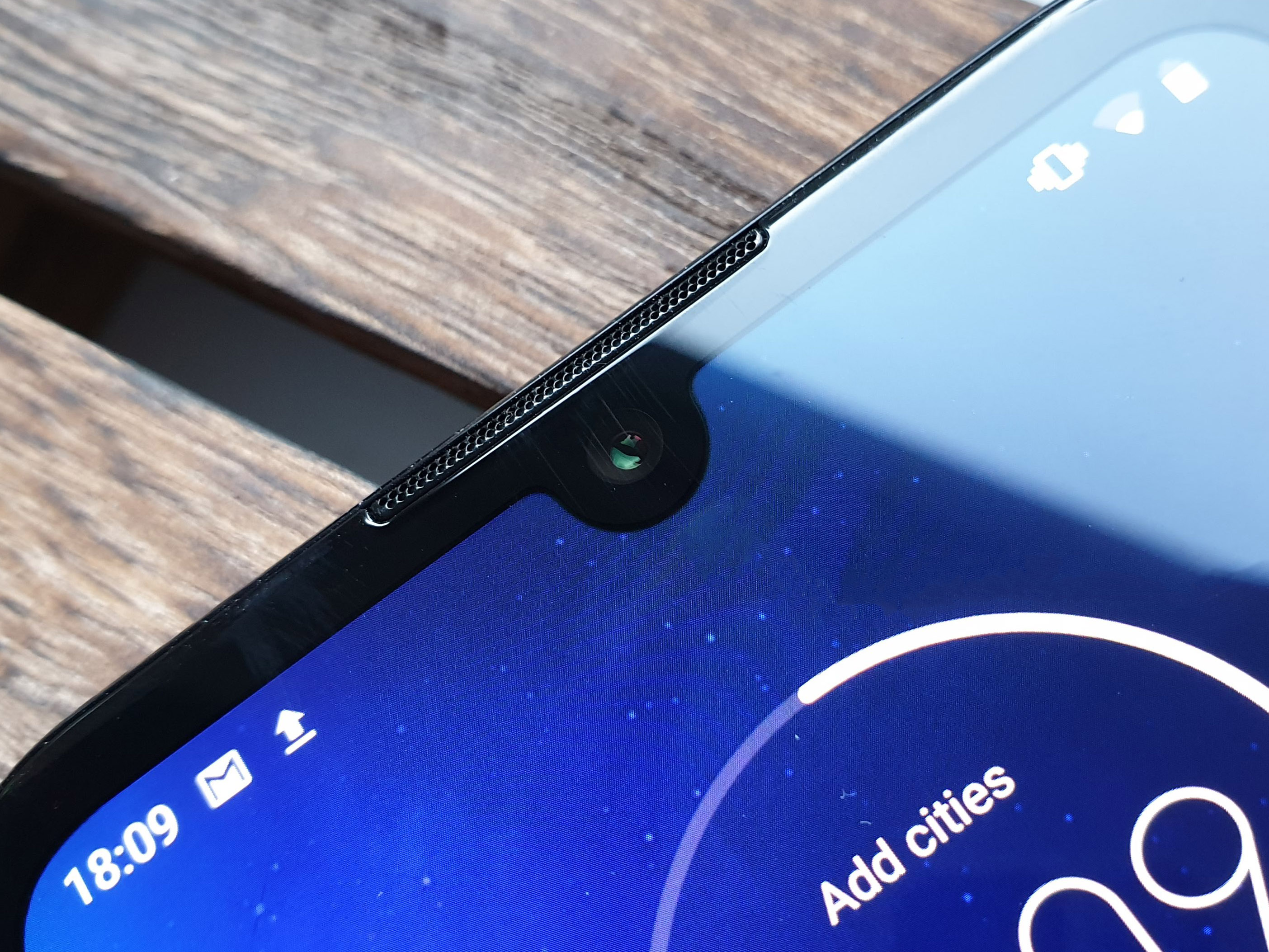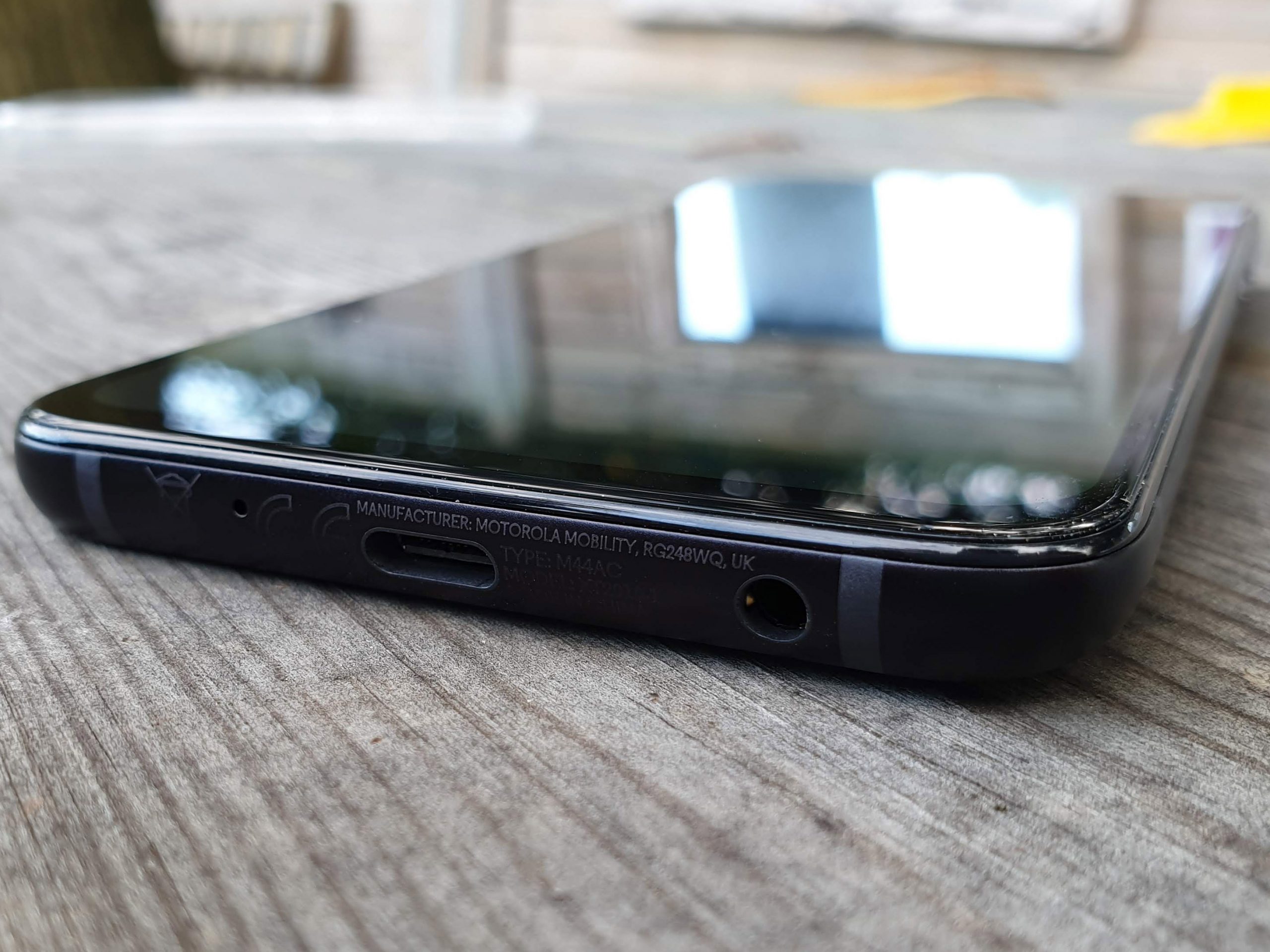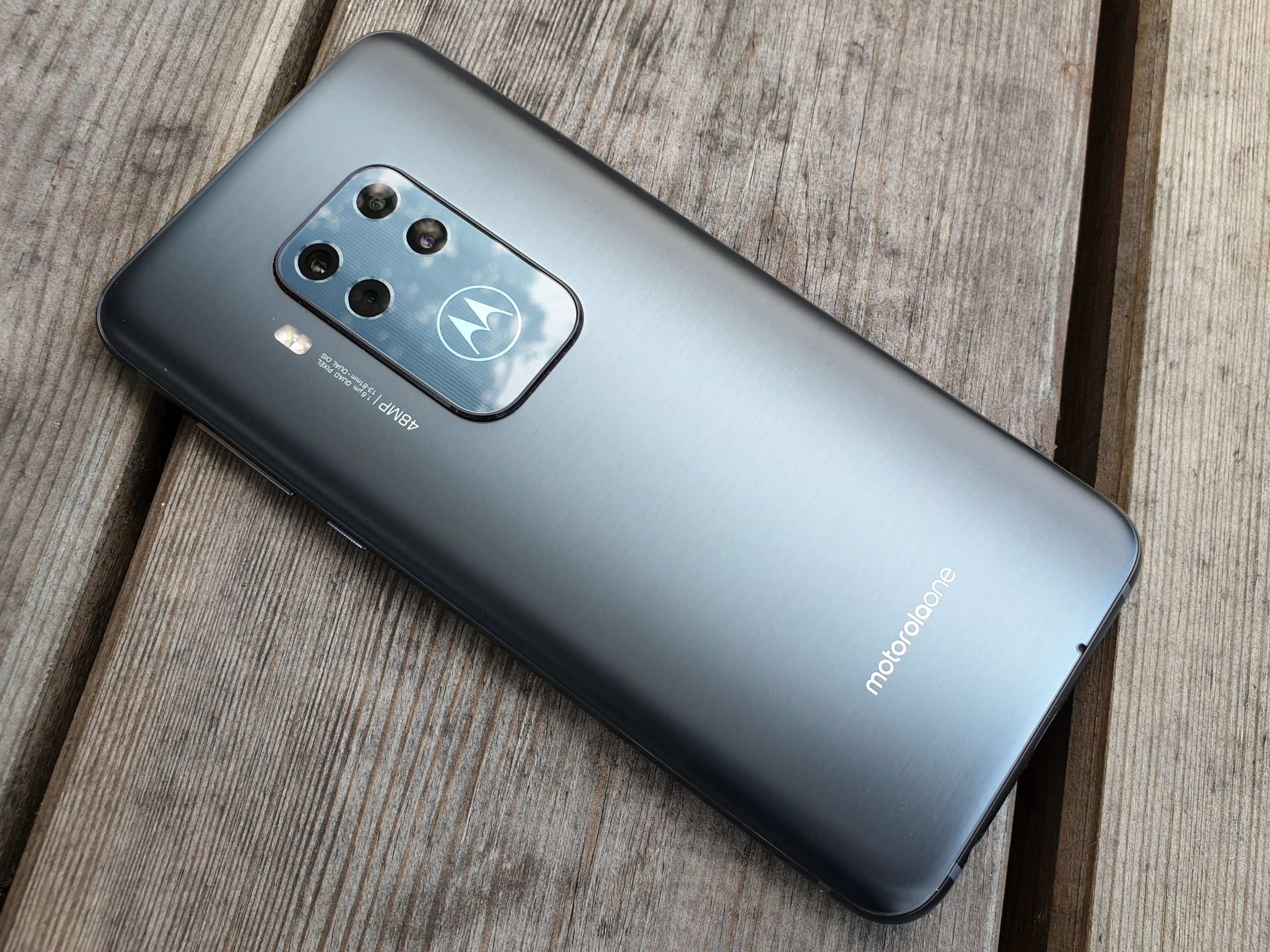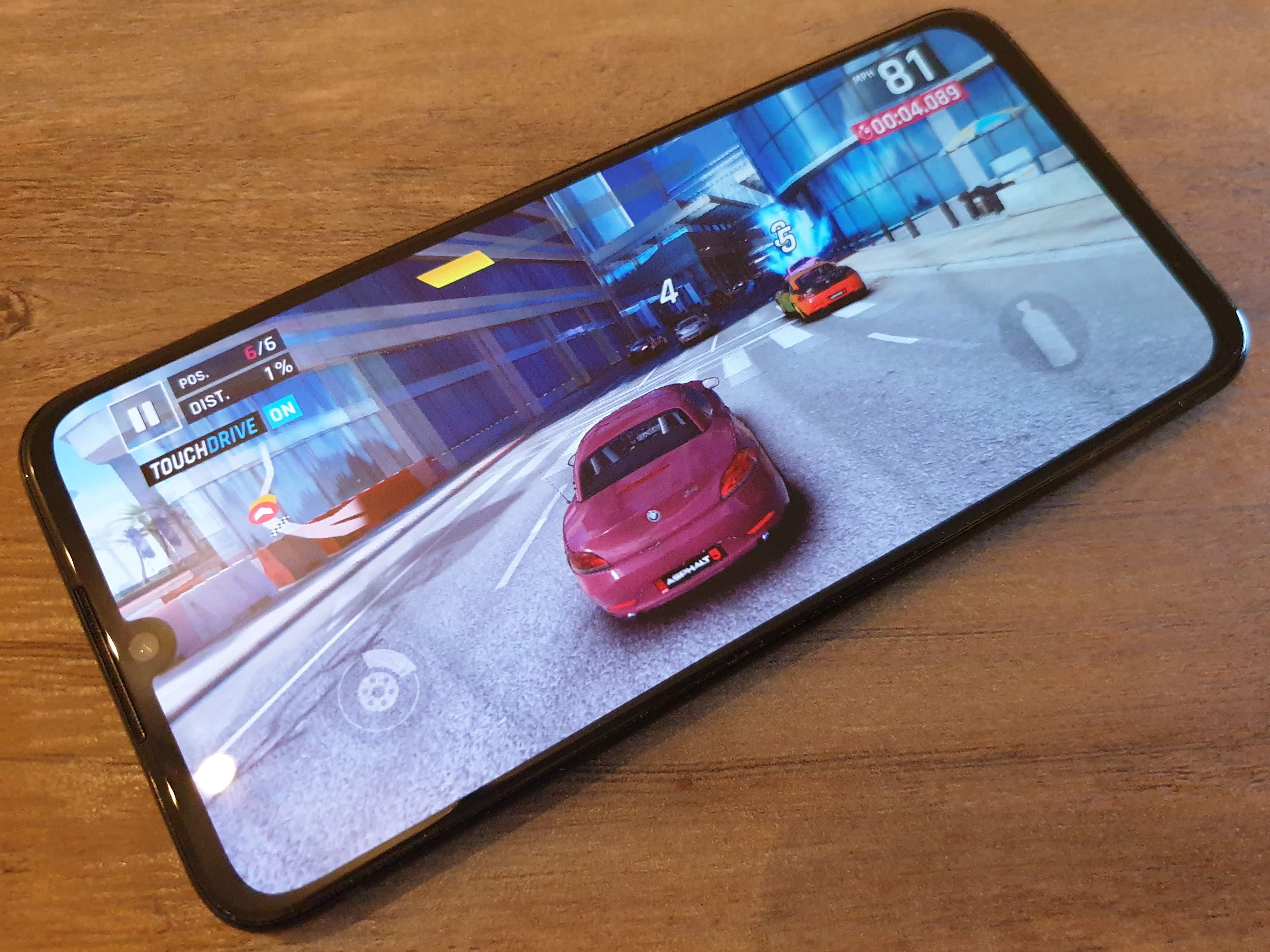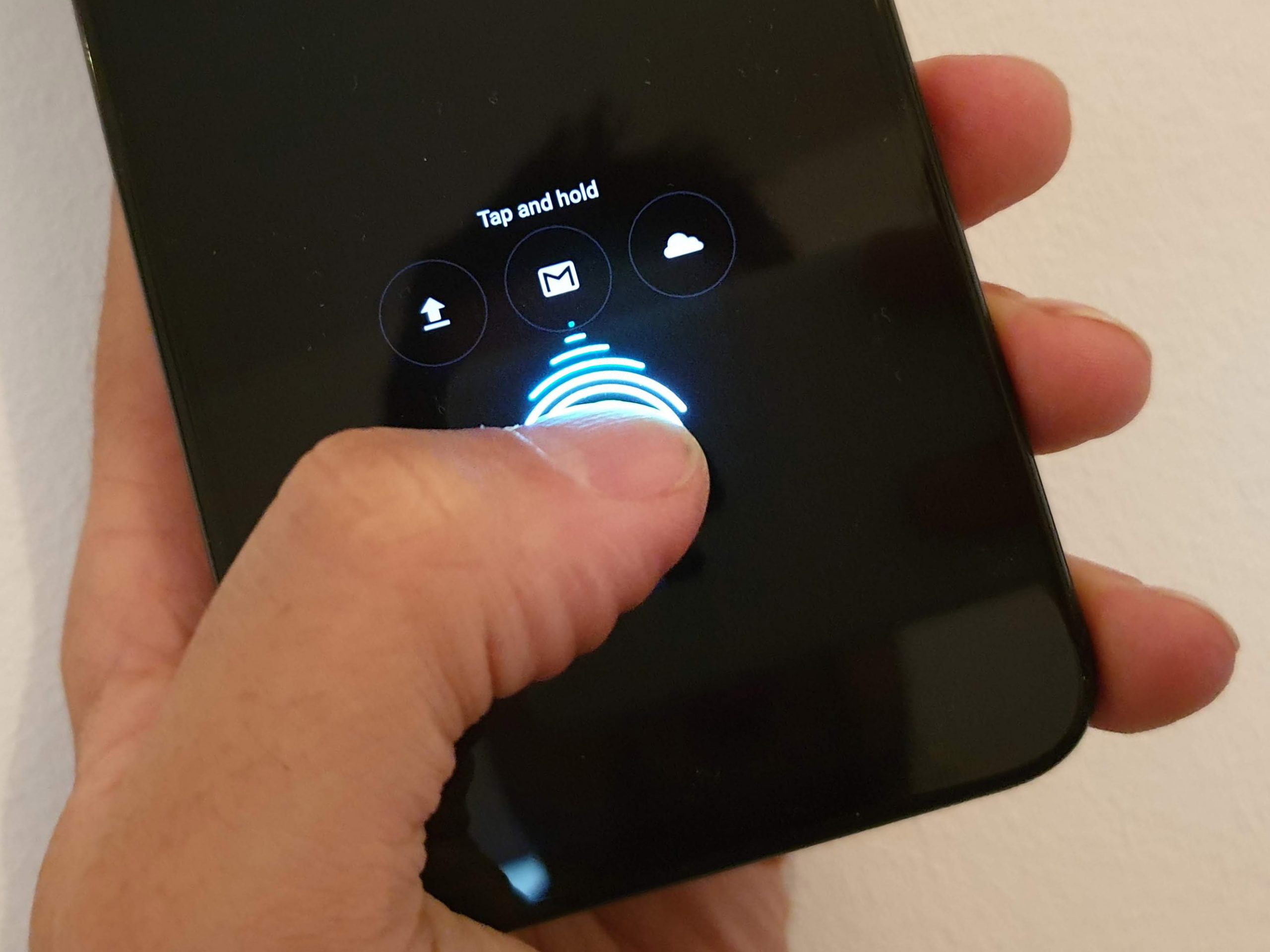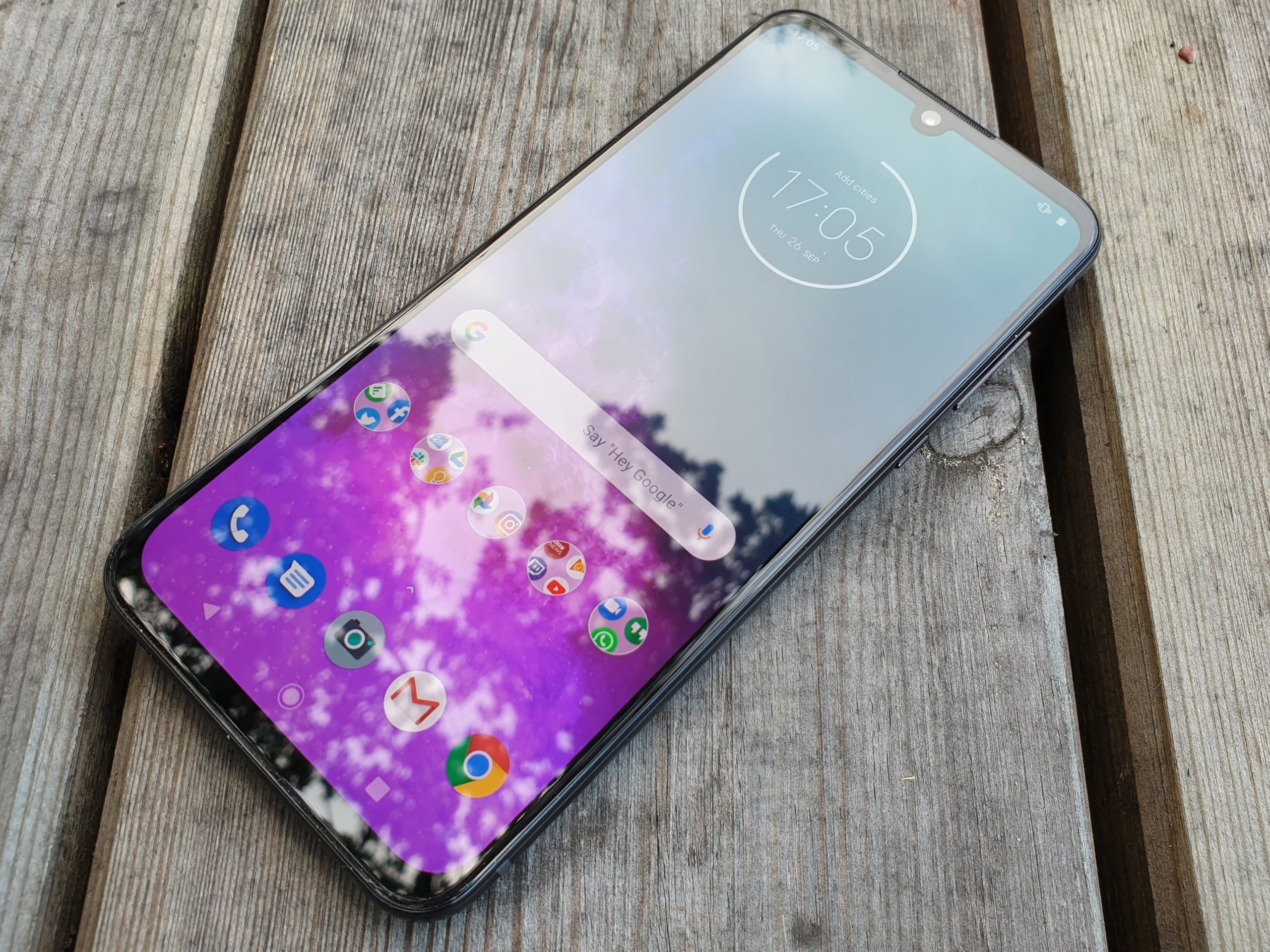Motorola Moto One Zoom review
Quad cams and a laundry list of top features could make Moto's latest the One to go for
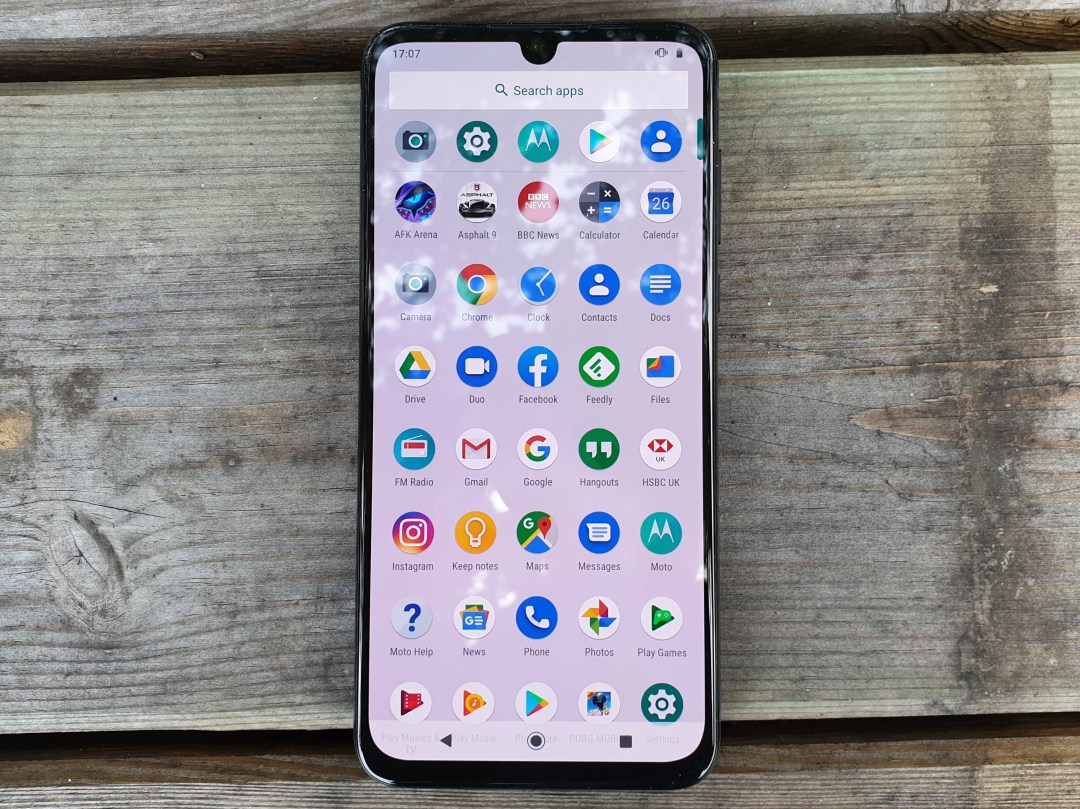
Someone at Motorola’s R&D department clearly doesn’t know when to say “when” – at least when it comes to camera lenses.
The One Zoom, the latest in a steady stream of mid-rangers, has four of the things. It’s a veritable camera bag worth of kit squeezed into something that fits in your pocket, plus a whole load of 2019’s must-have extras, like a notched OLED screen and in-display finger scanner.
Yet somehow, it manages to stick the landing with a sub-£400 asking price, which could make it the phone for snap addicts and bargain hunters alike.
DESIGN & FEATURES: GO YOUR OWN WAY
Well this is refreshing: a good-looking mid-range handset that hasn’t slavishly ripped off the iPhone or mimicked another big hitter. Motorola has done its own thing for the One Zoom, and to these eyes at least, it all comes together rather nicely.
You get a huge screen up front, with minimal bezels around all four sides and an inconspicuous notch containing the selfie camera. The back is made from glass, but with a matte finish that does a great job of hiding fingerprints. The imposing camera module holds four separate lenses, while the light-up Motorola logo beneath it is sure to get you noticed whenever you whip the Zoom out in public.
There’s an in-display fingerprint sensor, still something of a novelty at this price, and a largely accurate one at that. Still, however much the funky onscreen animations try to disguise it, you’re still left waiting for it to register your digit every time you try to head past the lock screen.
There’s no escaping this is a hefty phone, and a little on the chunky side – something the pre-fitted silicone cover does a decent job of hiding. Peel it off and you’ll notice just how far the camera bump sticks out the back. It still looks and feels the business, though, with premium materials and sturdy construction.
CAMERA: FOUR TO BE FLOORED
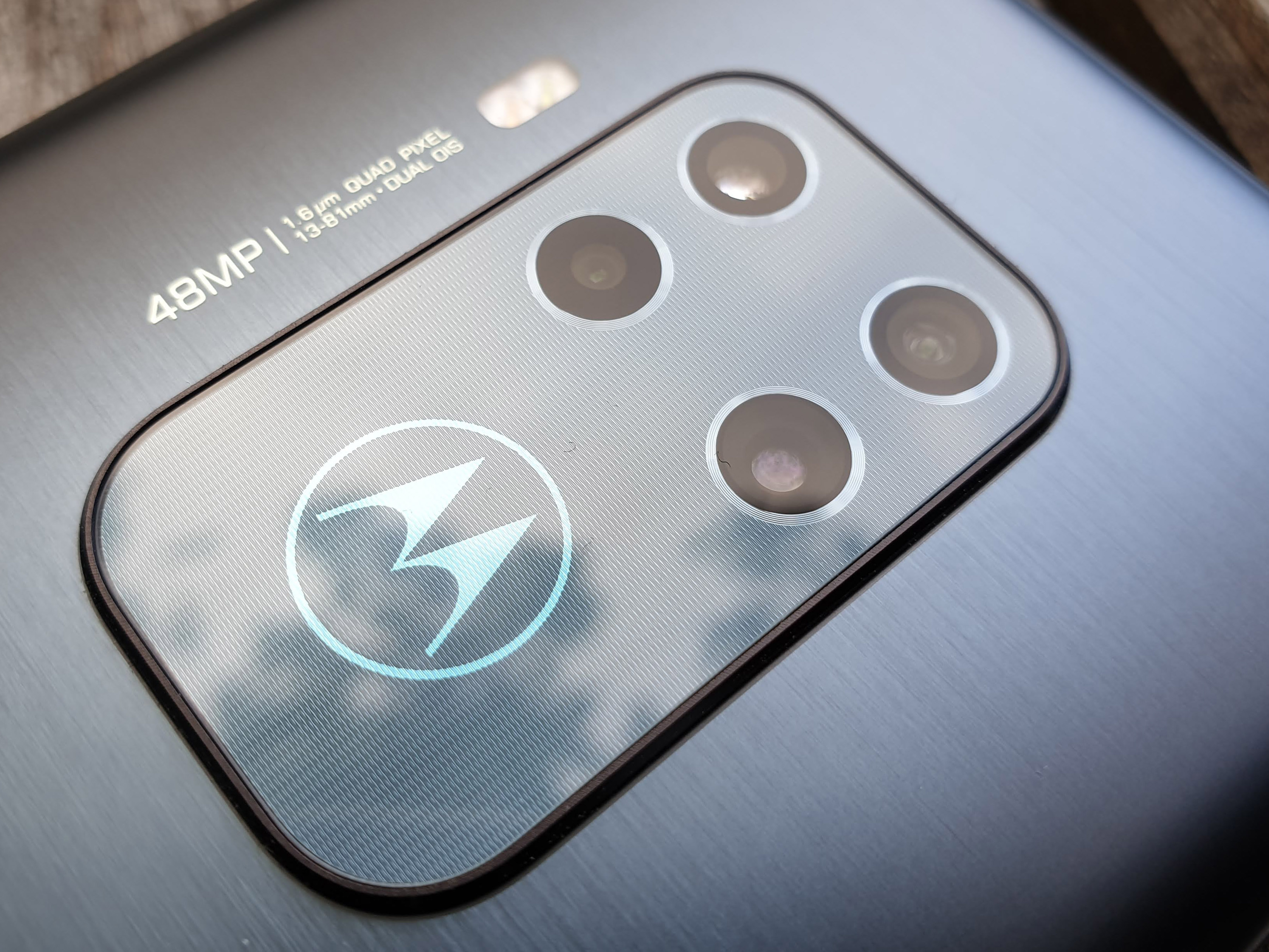
The giant rear camera module really is the main event here, with four separate lenses. Don’t go thinking that means you get to pick between each of ’em when snapping, though. Lens number four is dedicated to depth-sensing, so this is more like a triple-lens setup that’s also good for blurry bokeh portraits.
The main sensor has a whopping 48 megapixels, with pixel-binning your shots to 12MP for improved clarity. It’s joined by a 16MP ultra-wide and an 8MP telephoto for 3x effective zoom. Up front, the 25MP selfie cam has a similarly high pixel count.
Downsampled shots from the main sensor are filled with detail, both indoors and outdoors, but it’s with plenty of natural light that you’ll see the best results. Auto-HDR is usually a good judge of exposure, although the processing sometimes boosts contrast a little too high – it brings out the detail in certain scenes, but leaves others looking a bit washed out.
There’s a dedicated night mode that copes well with static scenes, as long as you’ve got a few seconds to hold the phone steady. It’s not a patch on the Pixel 3’s Night Sight or Huawei’s night mode, but can still take largely usable snaps once the sun sets.
3x magnification doesn’t sound like a lot for something with "Zoom" in its name, but while you can get even closer to your subjects, pinching in further swaps to a hybrid mode that also takes data from the main sensor to fill in the gaps. Results can be decent, but nowhere near as crisp as the telephoto by itself.
The ultra-wide cam is more of a letdown, with a completely different completely different colour cast to the main and telephoto lenses whenever you snap a photo. Pictures look far too green, colours aren’t as accurate, and there’s not as much sharpening applied so details look soft. You can still fit a lot more into each pic than with the main sensor, but have to take a quality hit to do it.
Selfies from the front cam show plenty of detail, and manage to avoid oversharpening shots in the way the rear camera can be guilty of at times. Colours sometimes look a little muted and don’t quite match reality, but exposure is usually spot on and the software-managed portrait effects are pretty good too.
It’s really only the main 48MP snapper and 3x zoom telephoto that properly get the job done at this price – the other two sensors feel like also-rans, which is a shame, as the Zoom is otherwise a perfectly capable mid-range cameraphone.
DISPLAY & SOUND: SO MUCH COLOUR

By making the switch from LCD to AMOLED, the Zoom instantly elevates itself above Motorola’s other One phones. It’s a sizeable panel, too, at 6.4in and with an 18:9 aspect ratio that’s better suited to the shape of your hand than 21:9 – even if it’s not an exact match for full-screen Netflix streaming.
The subtle notch at the top isn’t big enough to get in the way of things, viewing angles are excellent, and it gets mighty bright when you step outside, if not quite to the retina-searing levels of Samsung’s latest OLED phones. Shame there’s no HDR support to go with it.
The 2340×1080 Full HD+ resolution is right on the money, with enough detail in text and images without asking too much from the hardware to render all those pixels. Clarity is a step behind QHD+ handsets like the OnePlus 7 Pro, but then the Moto costs half the price, so it’s a fair trade.
It’s colour where things take a turn, with the out-the-box defaults happy to crank the vibrancy all the way up to eleven. Images and videos look ultra-punchy and unrealistic, leaning too heavily towards the warm end of the colour temperature scale. You only get to choose between Natural, Boosted and Saturated colour options in the settings menu, and none of them are exactly perfect, but the Natural setting does a great job at toning down the vibrancy if you’d rather not scorch your eyeballs.
There’s only one fairly average speaker here, and its placement at the top of the phone is a bit unusual, but it does mean you won’t accidentally muffle it when holding your Zoom normally. You get a headphone jack, too, so you aren’t left in the cold if you’ve yet to make the leap to a pair of Bluetooth ‘buds.
PERFORMANCE: DOES THE JOB
Look past the long feature list and the One Zoom reveals itself as something of a faux flagship, with decidedly mid-range Snapdragon 675 CPU and 4GB of RAM running things behind the scenes.
This is still an eight-core chip, but none one that’ll be besting heavy hitters like the OnePlus 7 Pro, Galaxy S10 and Huawei P30 Pro in the benchmark league tables.
You won’t notice the difference while web browsing, scrolling through social feeds or watching YouTube clips, where the One Zoom feels perfectly responsive and doesn’t leave you hanging while apps load. A pared-back Android interface helps here, and for the most part animations are smooth as butter.
Things do have a habit of turning to treacle if you snap a photo and then instantly try to review it. The onscreen preview tends to drop frames and freeze up when recording video, too, although they don’t interrupt the final footage.
It’s a similar deal with games. The One Zoom has enough power to play 3D titles like Asphalt 9 and Player Unknown’s Battlegrounds at decent frame rates, but details can’t be cranked as high as Xiaomi’s Mi 9T Pro without showing signs of stutter.
None of this should be a dealbreaker given the mid-range price, but it does slightly take the shine off an otherwise capable phone.
BATTERY LIFE: PACE-SETTER

Anyone coming to the Zoom from either of Moto’s previous One handsets will be floored by the 4000mAh battery – it’s a significant step up, and easily copes with day-to-day duties. Y
ou’ve got to have a serious Pokemon Go addiction to drain it in one sitting, and even a Netflix binge should still see you have plenty of juice by bedtime. Stick to your usual routine and you might not even need to plug in overnight. It’s among the longest-lasting phones you’ll find at this price.
If you do find yourself a little short, Android 9’s adaptive battery does a good job at throttling those energy-hungry apps running in the background.
There’s no wireless charging for cable-free top-ups, but the 15W Turbo Charge adaptor bundled in the box can take you from empty to fully refuelled in under an hour and a half.
OS & SOFTWARE: ALMOST VANILLA

Motorola is one of only a handful of third-party phone makers flying the flag for vanilla Android, and if that’s your sort of thing you’ll feel right at home here. That means a simple interface, familiar icons and the standard homescreen/app screen layout, plus a few Moto-specific goodies.
Gesture controls like a twist of the wrist to open the camera, or a karate chop to turn on the torch are pretty much Motorola staples now, although you can switch ’em off if you prefer. We’d definitely suggest giving gesture controls a miss, as they’re convoluted and nowhere near as slick as Google’s own version.
Motorola’s spin on an always-on display only kicks in when you tap the screen or pick the phone up, and only puts useful stuff like the time, date, remaining battery and any inbound notifications on show, so you don’t need to constantly unlock it.
Keeping it simple means a refreshing lack of bloat and pre-installed apps, too. You only get a couple beyond Google’s usual selection, leaving almost all of the 128GB of built-in storage up for grabs by your apps, games and media. Should you run low, a microSD card slot is on hand – something you won’t find in the similarly-priced Google Pixel 3a.
You get Android 9 Pie here, rather than the newer Android 10, and even though the name suggests otherwise, the Zoom isn’t part of Google’s Android One program. That means you could be waiting longer for an update.
MOTOROLA MOTO ONE ZOOM VERDICT

If "number of camera lenses" was a true measure of greatness, the One Zoom would be up there with the best of them. But it’s never that simple, is it?
A modern design, stellar battery life and a feature list that borrows heavily from the flagship playbook mean there’s plenty to like. But performance is merely OK, screen quality is a step below rival handsets, and at this money Google’s Pixel 3a is still the cameraphone of choice – even if that does limit you to a single lens.
Then again, the bezel-toting Pixel 3a is already feeling a little behind the times. If you want something fresher, but insist on a stock Android experience, that could be enough to elevate the One Zoom from the middle of the pack.
Tech specs
| SCREEN | 6.4in, 2340×1080 AMOLED w/ teardrop notch |
| CPU | Qualcomm Snapdragon 675 CPU octa-core |
| MEMORY | 4GB RAM |
| CAMERA | 48MP, f/1.7 main, 8MP, f/2.4 telephoto, 16MP, f/2.2 ultrawide, 5MP depth sensor w/ OIS, PDAF, dual-LED flash. 25 MP, f/2.0 front |
| STORAGE | 128GB on-board, microSD expansion |
| OPERATING SYSTEM | Android 9.0 Pie |
| BATTERY | 4000mAh non-removable |
| DIMENSIONS | 158x75x8.8mm, 190g |
Stuff Says…
Moto’s all-rounder attempts to muscle in on the mid-range with a stacked feature list, great battery life and multi-purpose camera, but still loses out to more laser-focused rivals at this competitive price point
Good Stuff
A mid-ranger with a varied and capable camera bag
Battery that can keep going and going
Flagship features like in-display finger scanning
Bad Stuff
A bit lacking on the grunt front
OLED screen is good rather than great
Price is knocking on the door of superior smartphones
